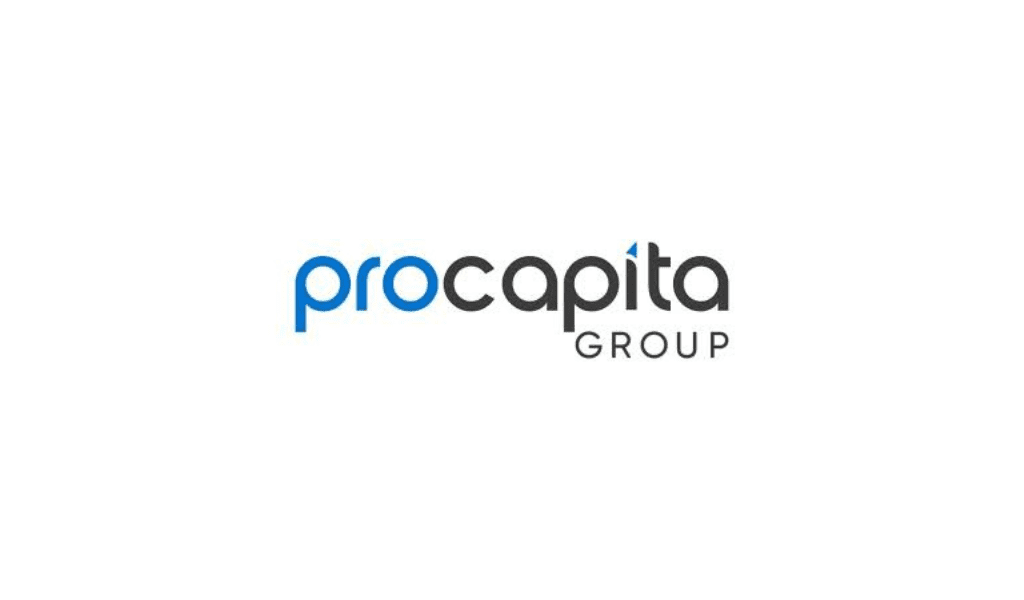Payroll finally gets a much-needed tech upgrade via cloud solutions.
By Paul Bartlett
The payroll function has a well-earned reputation for being one of the least tech-enabled areas of the enterprise. Even in the digital business world of 2017, many organizations still take a paper-checklist approach to payroll management -an approach that’s heavy on spreadsheet-based calendars, manual data uploads, and static PDF reporting.
Increasingly, however, organizations are wising up to the efficiency and cost savings they can achieve by swapping a legacy approach to payroll management for an updated model. Software-as-a-service (SaaS) and cloud solutions are finally seeing significant adoption in the payroll space; according to findings from the Sierra-Cedar 2016-2017 HR Systems Survey, 53 percent of organizations were planning SaaS/cloud payroll deployments in 2016, marking a 12 percent increase over 2015.
By automating tasks throughout the payroll cycle, SaaSbased solutions can equip payroll professionals with more intuitive, efficient ways to execute the process. Given payroll’s traditional reliance on hardware-bound systems and manual processes, this growing interest in the cloud represents a long overdue advancement -and perhaps even a shift to a more strategic, data-driven role for payroll in the enterprise.
Automation and Standardization Create Value
As SaaS solutions continues to infiltrate payroll in 2017, the space is finally experiencing its moment in the automation revolution -a change that other business functions, such as marketing, sales, and finance, have already experienced.
Like those other functions, however, payroll will never be entirely automated: Especially given the complexities of satisfying multinational companies’ global payroll needs, meeting country-specific legal guidelines, satisfying filing obligations, and making regulatory payments require substantive involvement from an organization’s HR team.
Yet by injecting automation into common-sense areas of the payroll process, SaaS-based solutions can greatly increase efficiency, drive down errors, and create benefits that extend far beyond the payroll function.
The five main areas where SaaS-based payroll automation drives value are:
1.Integration automated. Scheduled data transfers between an organization’s HCM or ERP and its payroll solution can decrease the amount of administrative staff time spent on manual downloads -and uploads – between systems.
2.Data validation. With a rules-based approach, SaaS payroll solutions can check and authenticate the completeness and accuracy of integrated data -both prior to and following payroll processing -to minimize errors and reruns.
3.Workflow optimization. By consolidating disparate systems and associated workflows into a SaaS solution, organizations can standardize processes and allocate staff time more wisely through a systematized approach.
4.Data standardization. By utilizing standardized processes, organizations can cultivate more consistent, higher quality data on payroll performance and use it to consistently monitor and improve payroll performance over time.
5.Analytics. With better data comes the potential for better intelligence on the organization’s employee base. SaaS-powered analytics can provide boardroom insights on payroll costs -holistically, or by location -to support business decision-making.
Improved business decision-making is the end-game of automation across almost every enterprise function, and payroll is no exception.
Payroll Put in Perspective
As mentioned earlier, business departments as varied as marketing, sales, and finance have already enjoyed their moment in the automation revolution thanks to the rise of customer relationship management (CRM) software, marketing automation solutions, human capital management (HCM) systems, and enterprise resource planning (ERP) systems.
Across those enterprise functions, SaaS solutions do more than provide automated processes. They also help organizations cultivate high-quality data to inform smarter management of their associated functions.
As a result, SaaS solutions haven’t just improved efficiency in marketing, sales, HR, and finance -they’ve redefined the roles and expectations for those business functions in ways that drive improved operational performance. HR is a case example: According to the aforementioned HR Systems Survey, mid-market and small-business organizations with “higher than average HR tech adoption” saw almost double the revenue per employee and earned a 12 percent increase in their overall HR, talent, and business outcome metrics.
With the growth of SaaS-based payroll adoption, the global payroll function can now enjoy benefits similar to those that CRM, HCM, ERP, and marketing-focused solutions already deliver. Automated, standardized processes are just the beginning.
Considerations For Cloud-powered Payroll
Before a SaaS payroll solution can become a tool for smarter business decision-making, selecting one is a business decision of its own -and a big one at that.
Moving to a new payroll solution is a significant, longterm change for any company. This is especially true for multinational organizations seeking to automate and consolidate payroll across multiple geographies; there’s far more to consider than just the features, form, and functions of a new solution. Each of the following considerations should be factored into an organization’s decision to move to cloud-powered payroll.
• Solutions should align with enterprise goals. As an operational initiative, injecting greater automation into payroll can support a variety of objectives. Whether an organization is looking to lower costs, merge HR and payroll into a shared service center, or simply enhance employee satisfaction by equipping staff with a smarter payroll tool set, a solution can help achieve organizational goals.
• Unifying tech and services can be the sweet spot for payroll. Since global payroll faces numerous countryspecific compliance requirements, it is often managed via a variety of fragmented systems and outsourcing partners. Centralizing payroll operations into one managed services arm and end-to-end SaaS platform can vastly streamline operations and data collection around the globe.
• Focus on long-term ROI. Payroll is the only function of the enterprise that touches every single employee in an organization, which makes it a unique data set capable of adding value in expected areas. Think beyond automation to how an SaaS solution can help the organization seize new opportunities and create value by enabling managers to work smarter, not harder, across the enterprise.
Paul Bartlett is the CEO of CloudPay, a managed global payroll and payments solution for multinational organizations.














